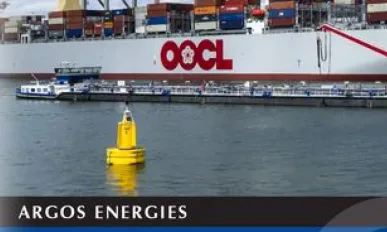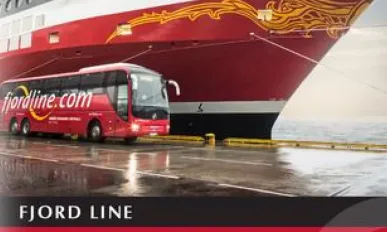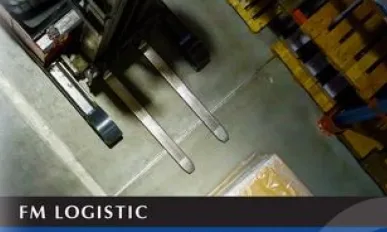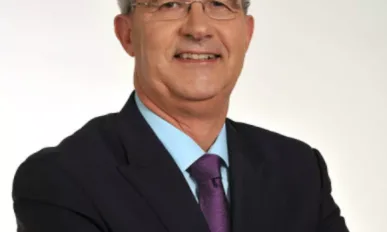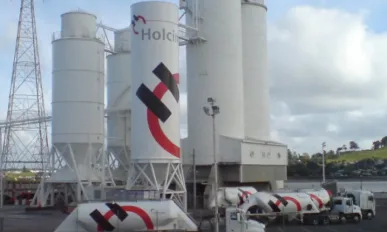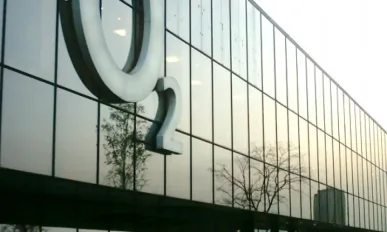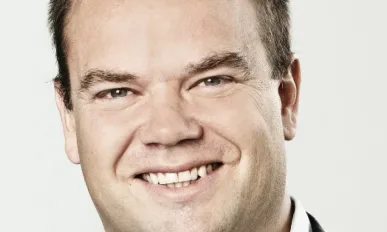Issue 5
Previder : Low Cost, High Quality
Previder has gone from strength to strength since its acquisition by the Odin Group, and is now looking to introduce its solutions internationally.
Argos Energies : The Netherlands’ Fastest Growing Oil Company
Argos Energies intends to use its extensive market experience and knowledge to keep ahead of this industry curve.
Barco Fredrikstad : Globally Renowned Innovators in Visualisation
Barco Frederikstad is a brand that is known as a leader in its field, boasting state-of-the-art equipment and testing facilities.
Fjord Line : Propelling Energy Efficient Shipping
An award-winning company known for its energy-efficiency commitments, Fjord Line has experienced rapid expansion of its passenger and cargo business in recent years.
FM Logistic : Demandingness, Drive, Entrepreneurship
FM Logistic continues to expand its supply chain footprint and offering in line with its core internal values for customer satisfaction.
Rigshospitalet : Denmark’s Medical Specialists
Rigshospitalet will continue in its efforts to remain the preferred choice for patients in need of highly specialised treatment.
Christo Botes : How to Grow Your Business
Christo Botes says that while some mistakes can sometimes be fatal to a business, they also teach entrepreneurs very important lessons.
Lafarge Shares Drop amid Holcim Deal Dispute
Shares in French cement group, Lafarge have fallen by around two percent following disputes with Swiss merger partner, Holcim.
Adidas Turnaround Plan Brings Production Back to Europe
Adidas has outlined a new strategy that includes manufacturing some of its apparel in Europe rather than Asia.
Costa Rica is Fossil Fuel Free for 75 Days
According to the Costa Rican Electricity Institute (ICE), Costa Rica didn't burn fossil fuels for the first 75 days of 2015.
Telefónica Agrees Sale of O2 to Hutchison Whampoa
Hutchison Whampoa Limited (HWL), parent company Three, has entered into an agreement with Telefónica to buy its UK subsidiary, O2 UK.
Holcim and Lafarge Deal Re-Emerges
Europe's two largest cement companies Holcim and Lafarge have rescued their stumbling €41 billion ($43.82) merger.
Waste Not Want Not : Managing Food Waste in Business
The Waste and Resources Action Programme (WRAP) suggests 4.2 million tonnes of food went to waste in the UK in 2012 alone.
Mobile World Congress : The Must-See Gadgets
Mobile World Congress retains its title as one of the key technology events where captains of industry showcase news and innovations.
How Telecoms are Shooting Down Skype with VoLTE Technology
VoLTE kills two birds with one stone by lowering their costs as well as offering higher quality and new services to end consumers.
Managing Risk Beyond The Walls Of Your Own Company
Philip Johnson of FM Global talks to us about the importance of managing risk, especially beyond the walls of your own company.
More Customers, More Staff, Less Costs : Top Priorities for UK Businesses
Increasing the size of their customer base, employing more people and cutting costs are the three most important business goals for UK SMEs.




